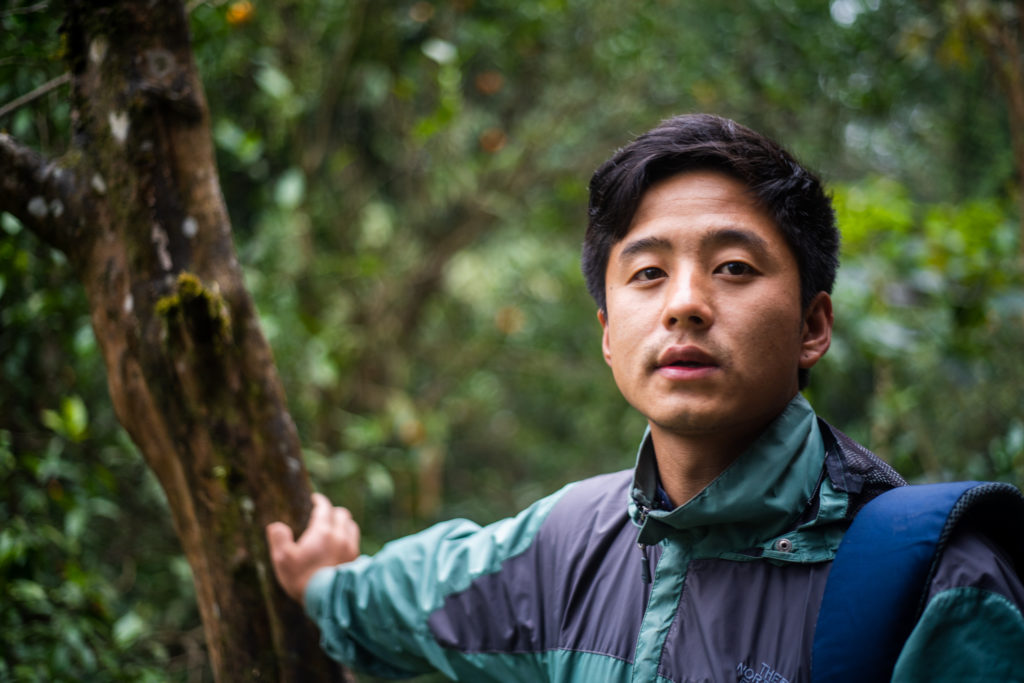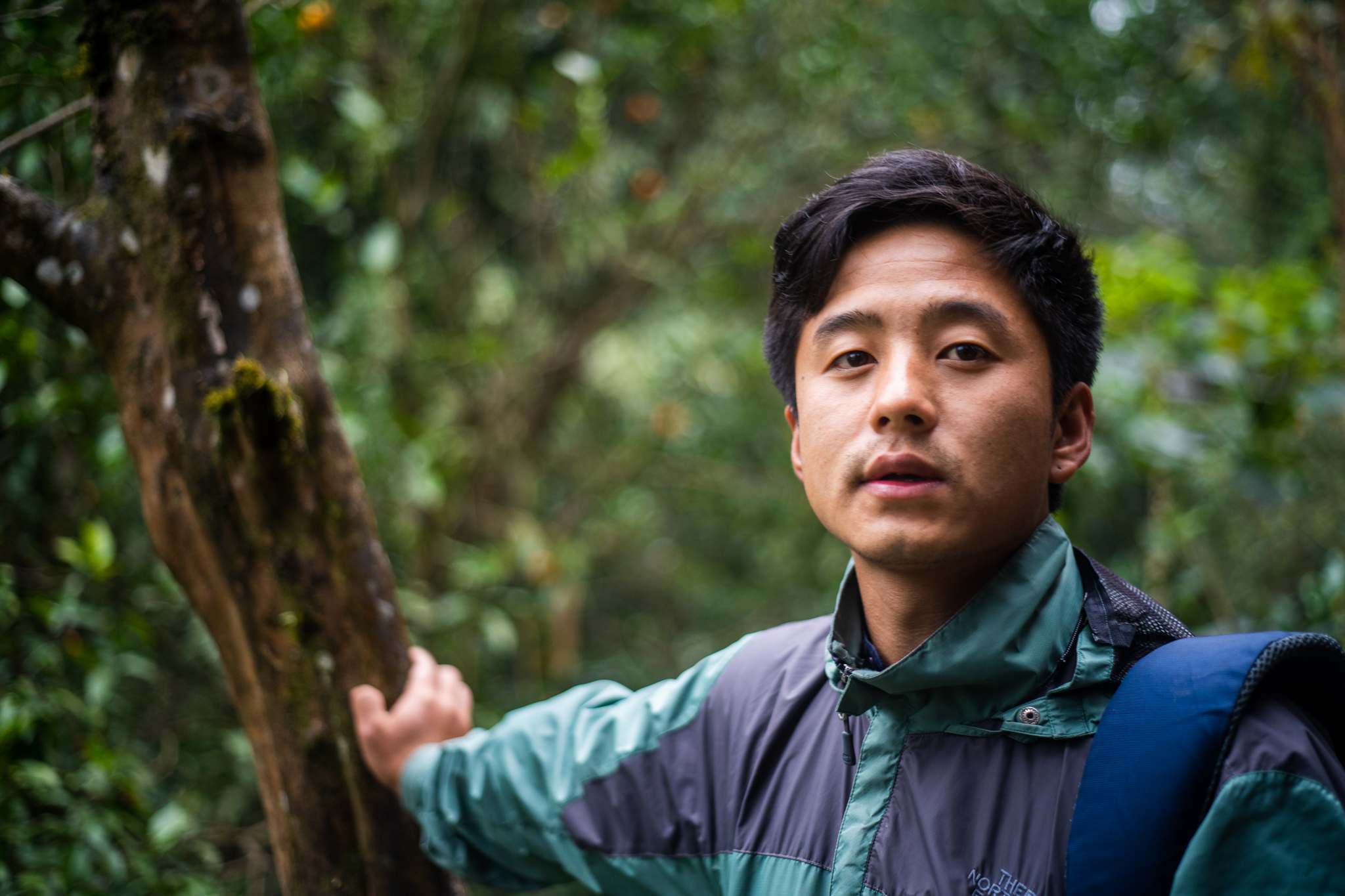By Ayesha DSouza, South Asia Program Coordinator.
Mega Hydropower projects continue to be pushed in the fragile Indian Himalayas, often at the cost of the local communities and disguised as the only solution to local issues of development. One such place is Dzongu, the land of the Lepcha community in North Sikkim. Already home to a cascade of dams on the river Teesta, even more hydropower projects are being proposed – some in direct conflict with the way of life of indigenous communities like the Lepchas in Dzongu. There is a real fear of losing not just land and river but also a culture.
Like most dam developers around the world, the promise of employment is meant to entice the locals to give up their land. In Dzongu, things are no different. Two projects threaten this fragile riverine ecosystem, the 520 MW Teesta IV dam and the 300 MW Panan Hydroelectric project.
These dam developers’ proposals of the old, outdated hydropower technology however, are being challenged by a strong current of resilient thought originating from the ground. Young voices from the Lepcha community are showing extraordinary depth of thought – prioritising ideas of sustainable development, independence and a willingness to innovate and adapt.
Take a few minutes to listen to Gyatso Lepcha, General Secretary of the Affected Citizens of Teesta talk about the sacred rivers that flow in Dzongu including the confluence of the sacred Rongyoung and Teesta Rivers. Gyatso and his team have been talking about dams versus development for over a decade.
The Affected Citizens of Teesta along with other local organizations have been showing through their own individual examples that alternative livelihoods exist, are viable and more aligned with what the community agrees is their idea of development.
Watch below, members of the community talk about their successful initiatives and jobs and their pleas for more people to take up these alternatives versus giving into the dam developers.
Winona Lepcha – a young entrepreneur, manages the Yealbong Lee Homestay in Upper Dzongu. Here’s what she has to say about the effects of large dams and the need for sustainable development.
An important point that Winona makes is that prioritising these short-term financial returns has brought returns in the form of devastating ecological and social destruction for Dzongu, and this must be remedied.
Kalzang Lepcha – who runs the Munlom Homestay in Hee Gyathang, Lower Dzongu, echoes this thought and stresses that while development is welcome, it cannot be at the cost of destruction of nature. This he says is antithetical to the Lepcha worldview. Listen on:
Kalzang’s appeal of having basic services like roads and electricity, which would allow them to choose a path ahead for themselves, finds an echo most with the Gen-Z of the Lepcha community – who have taken to the new digital world with ease.
Tshering Lhendup Lepcha, a young graduate, didn’t want to depend on his parents for his expenses. With the support and guidance of Gyatso Lepcha, he started working as a part-time guide at Gyatso’s homestay – Mayallyang. Tshering started his own YouTube channel (Tshering Lhendup Vlog) where he uploads vlogs in Rong Aaring (Lepcha Language) – with an aim to promote his Mother language and to encourage Lepcha youngsters to learn and speak in Rong. He is also working towards setting up his own homestay – Kongchen Lee Homestay – which is currently under construction at Singhik-Sentam village.

While the internet in young people’s hands has enabled them to network and communicate across borders-finding opportunities of growth and development that are not extractive – there are old ways too which are not extractive.
Listen to Sonam Gyatso Lepcha, a bamboo craftsperson from Dzongu, speak about his work and the use of local resources to create for the local community, all while living a respectful and dignified life. He encourages other young people who are unemployed or struggling to pick up skills and begin to make a living versus waiting for a job to fall into their laps.
Self reliance with a respect for the natural environment is the kind of progress and development that the Lepchas are asking for – without centering the conversation only on economics. The reverence they have for the forests and rivers and the biodiversity around comes through when speaking to them. Many see the impacts the already constructed dams have had on the people, and urge the state government to stop the mindless reliance on large hydro as a solution to energy needs. This destruction comes at a huge cost to the communities and the river ecosystem.
They are not against development, but the true cost of this kind of development must be acknowledged. They are calling for contextual development that won’t harm the environment but enable a win-win for the communities and nature. Decentralized community-owned and designed energy solutions are out there. And this is the path that most of the Lepcha’s are calling for, it’s time we listen.
These videos were shot and edited by Siddharth Agarwal with the help of the Transboundary Rivers of South Asia, a project funded by the Government of Sweden.
Disclaimer: the views expressed in these videos are from each individual and do not reflect the opinions of the TROSA project or the Government of Sweden.
International Rivers’ South Asia program is part of the regional Transboundary Rivers of South Asia program. Supported by the Government of Sweden, TROSA is a collaboration with Oxfam, IUCN, ICIMOD and many local organizations that works on some of the more complex rivers in South and Southeast Asia: the Ganga, Brahmaputra and Meghna river systems, including their tributaries such as the Teesta, and Asia’s last last free flowing river, the Salween. The program aims to contribute to poverty reduction and marginalization among vulnerable river basin communities through increased access to and control over riverine water resources on which their livelihoods depend.

